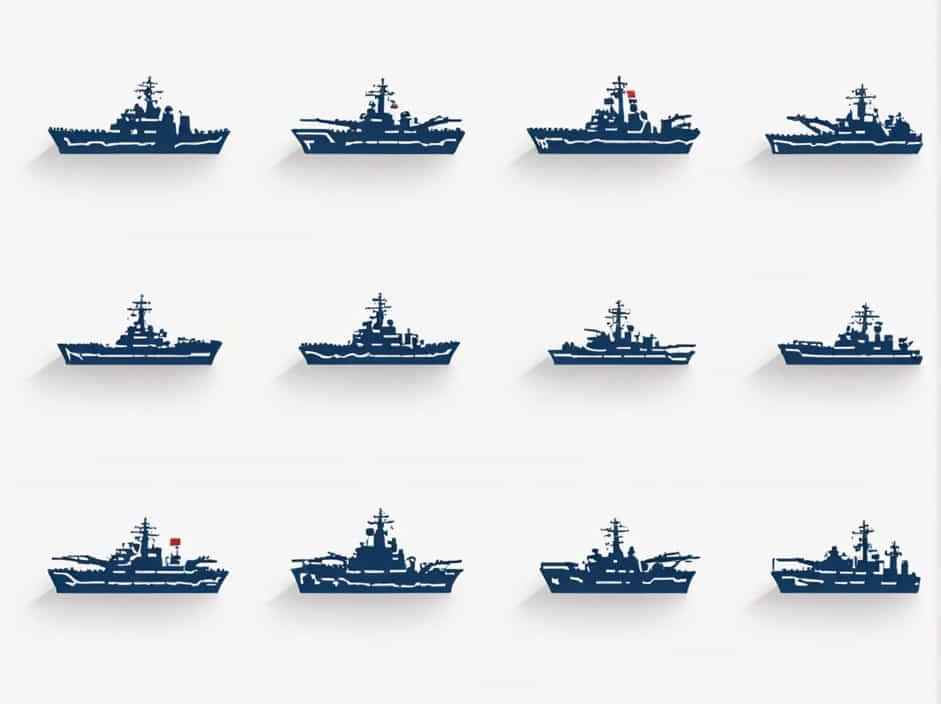The U.S. Navy Mothball Fleet in San Francisco Bay was once a collection of decommissioned naval and merchant ships, preserved for potential future use. Officially known as the Reserve Fleet, this group of vessels played a crucial role in military readiness, economic efficiency, and naval history.
Located in Suisun Bay, near San Francisco, the fleet included ships from World War II, the Korean War, and the Cold War. Over time, the number of vessels has significantly decreased due to scrapping, environmental concerns, and changing military needs.
This topic explores the history, function, notable ships, and the eventual decline of the U.S. Navy Mothball Fleet in San Francisco Bay.
What Is the U.S. Navy Mothball Fleet?
The term "Mothball Fleet" refers to decommissioned ships that are maintained in reserve. The U.S. Navy and the Maritime Administration (MARAD) store these vessels in case they are needed for future conflicts or emergencies.
Ships in the Reserve Fleet are preserved using protective coatings, dehumidifiers, and regular maintenance to prevent corrosion and deterioration.
The History of the San Francisco Mothball Fleet
1. World War II and the Fleet’s Creation
At the end of World War II, the U.S. Navy had an excess of ships that were no longer needed for active service. Instead of scrapping them immediately, the government decided to store many vessels for potential future conflicts.
The Suisun Bay Reserve Fleet (SBRF) was established in 1946, with over 500 ships anchored in the bay. This made it one of the largest reserve fleets in the United States.
2. Role During the Korean and Vietnam Wars
When the Korean War broke out in 1950, several ships from the Mothball Fleet were reactivated and sent back into service. The same occurred during the Vietnam War, proving the value of keeping a reserve fleet on standby.
3. The Cold War Era
During the Cold War, the fleet continued to store a mix of battleships, destroyers, transport vessels, and auxiliary ships. Some were reactivated for special missions, while others were used for spare parts.
Why Was the Mothball Fleet in Suisun Bay?
The Suisun Bay location was chosen for several reasons:
-
Calm waters – The bay provided a stable and sheltered environment for anchoring large vessels.
-
Proximity to shipyards – Located near San Francisco and Oakland, where ships could be repaired and reactivated if necessary.
-
Mild climate – The cool and dry conditions helped slow down rust and corrosion, preserving ships longer.
For decades, Suisun Bay remained one of the most important reserve fleet locations in the country.
Notable Ships in the San Francisco Mothball Fleet
1. USS Iowa (BB-61)
One of the most famous battleships in U.S. history, the USS Iowa was once part of the Mothball Fleet. It was later reactivated in the 1980s before becoming a museum ship in Los Angeles.
2. USS Sperry (AS-12)
A submarine tender that provided repair services for submarines during World War II and the Cold War.
3. SS Jeremiah O’Brien
A Liberty Ship that was part of the fleet before being restored and turned into a museum vessel in San Francisco.
4. USS Glacier (AGB-4)
An icebreaker ship that operated in the Arctic and Antarctic before being placed in the reserve fleet.
5. USS General John Pope (AP-110)
A troop transport ship that carried thousands of U.S. soldiers across the Pacific.
Many of these ships were eventually removed from the fleet due to age, maintenance costs, and environmental concerns.
Environmental Concerns and the Decline of the Fleet
Over time, concerns grew about the impact of the Mothball Fleet on Suisun Bay’s ecosystem. Many of the ships contained:
-
Toxic paint
-
Heavy metals
-
Asbestos
-
Oil residues
In the early 2000s, environmental groups and state agencies pushed for the removal of aging ships that posed a pollution risk. A major cleanup effort began in 2010, and by 2017, nearly all of the ships had been dismantled or relocated.
The Removal Process: Where Did the Ships Go?
1. Scrapping and Recycling
Most ships were sent to scrapyards, where they were dismantled and recycled for metal.
2. Museum and Memorial Ships
Some historic vessels, like the USS Iowa and SS Jeremiah O’Brien, were preserved as floating museums.
3. Artificial Reefs
A few ships were intentionally sunk to create artificial reefs, providing habitats for marine life.
By 2017, the Suisun Bay Reserve Fleet had been reduced to just a few ships, officially marking the end of the San Francisco Mothball Fleet.
The Legacy of the U.S. Navy Mothball Fleet in San Francisco
Despite its decline, the Mothball Fleet left a lasting legacy in U.S. naval history.
1. Proof of Strategic Readiness
The fleet demonstrated the importance of keeping reserve ships available for emergencies, such as during the Korean and Vietnam Wars.
2. Advancements in Ship Preservation
Lessons learned from the Mothball Fleet helped improve methods for storing and maintaining naval vessels.
3. Environmental Awareness
The removal of the fleet highlighted the need for environmentally responsible decommissioning of old ships.
4. Public Interest and Naval Heritage
The fleet became a subject of public curiosity, inspiring books, documentaries, and tours of former reserve ships.
The U.S. Navy Mothball Fleet in San Francisco was once a massive reserve of decommissioned ships, ready to be reactivated when needed. For over 70 years, it served as a symbol of naval strength, strategic preparedness, and wartime history.
However, due to environmental concerns and changing military needs, the fleet was gradually removed and dismantled. While the ships may be gone, their impact on U.S. naval history remains significant.
Today, the memory of the Suisun Bay Reserve Fleet lives on through museum ships, historical records, and the sailors who served aboard them.
